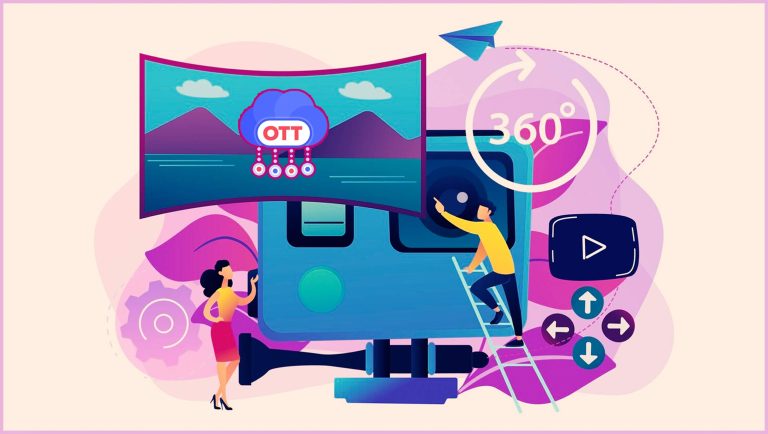![]() Customers in the financial services industry want personalized experiences. They, in fact, expect and demand them from their service providers. They prefer to stay loyal to a company as long as they receive this special treatment. As a result, personalization has become the number one priority for marketers in the industry today. They are waking up to the realization that delivering personalized experiences highly depend on understanding customer data.marke
Customers in the financial services industry want personalized experiences. They, in fact, expect and demand them from their service providers. They prefer to stay loyal to a company as long as they receive this special treatment. As a result, personalization has become the number one priority for marketers in the industry today. They are waking up to the realization that delivering personalized experiences highly depend on understanding customer data.marke
Very few companies have the means to understand this data and use it to enrich the customer experience. The technology that has been recently making waves in every industry is known as the Customer Data Platform (CDP). A CDP is a packaged SaaS (software-as-a-service) product that is designed to build a unified customer database for an organization. Implementing a CDP can help achieve consistent customer engagement, increased loyalty, and higher sales.
Read More: How to Make the Most of Your CDP
David Raab, CDP evangelist and Founder of the CDP Institute, was invited as a chief guest at the Customer Data Summit 2018 event organized by Lemnisk.
David is a widely recognized thought leader in marketing technology and analytics. He was one of the first people to recognize that digital marketing systems were not just proliferating but also the data that these systems were throwing up were getting grouped into silos, making it really hard for marketers to understand customers holistically.
David also realized that there was a tremendous opportunity if he could bring these disparate systems together. Around this insight, David coined the term CDP and founded his institute in 2016. The CDP Institute’s work has been seminal in helping marketers understand the need for a CDP and the ways that they can derive value from it.
David’s thought-leadership session imparted the following key insights:
- The most challenging barrier to Marketing Automation success is data integration between the various marketing systems of an organization. Financial marketers in Asia face the same challenges as their peers elsewhere, which include unifying customer data, providing superior customer experience, working within compliance constraints, and finding the budget to pay for solutions.
- The CDP industry has seen a good growth rate of around 73% over the last 12 months. Two-thirds of the growth is attributed to new vendors and the remaining to existing vendors. The adoption rate has been high for B2C marketers as their businesses depend highly on user engagement and digital conversions. Companies that opt for a CDP prefer to have a complete packaged solution that includes the core CDP functionality along with analytics and engagement.
- A CDP works well when all marketing systems are interconnected. One interesting observation is that one-third of CDP users lack an integrated technology stack. Companies that claim to have a CDP do not have this system integration and, therefore, do not fall under the CDP-classified vendors.
Read More: Digital Transformation: Setting Yourself up for Success
- Things such as churn prediction and predictive modeling are a set of classic algorithms that thrive on good data. Artificial Intelligence (AI) is totally data-driven and works well with data that is highly detailed. A CDP can play a major role in developing custom algorithms and advanced intelligent systems such as AI. One of the things that it can do is create a standardized variable or model score and make that shareable to all systems that it connects to.
- Of its various capabilities, a CDP also enables cross-device personalization by associating each device with the customer’s master ID when they log in. The master ID is used to build a unified customer profile with all device data. The right message for each master ID is selected and shared with all devices. The unified and complete customer profiles help financial marketers in selecting the right message and deliver a consistent experience across all devices.
It is still early days for a CDP in Asia. Many organizations are still at the stage of learning for themselves why options such as DMP (Data Management Platforms), Enterprise Data Warehouses, and marketing clouds won’t solve the problem that a CDP addresses. The core technologies used in Asian financial institutions can support any level of marketing sophistication that their users are ready to deploy. The early CDP adopters are touted to have an advantage over others in the industry.
Read More: You Can’t Spell Digital Transformation Without CDP





















